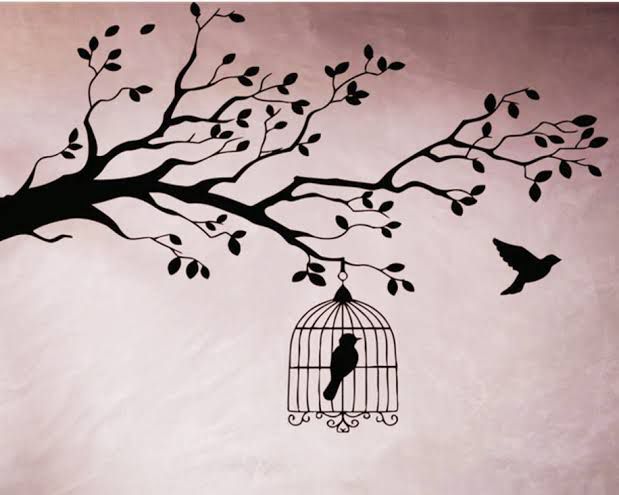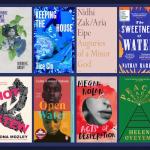Review of Maya Angelou’s Caged Bird
By Chidiebere Sullivan Nwuguru
“Caged Bird” which was published in Maya Angelou’s 1983 poetry collection, “Shaker, Why Don’t You Sing”, pictures the reality of a bird in a cage in contrast to that of a free bird that flies above the sky without restrictions. Metaphorically, the caged bird as described in the poem is a bird trapped in a narrow cage, only able to sing about freedom that it never gets the opportunity to experience, captures the reality of the Black American Community and the level of racism they’ve had to experience, which is still a thing today. Thus, by relating this level of oppression and subjugation to the emotional sufferings of a caged bird, the writer is able the paint a lucid picture of what the emotional, physical, and psychological effects of racism are like on the Black Community. Also, from another perspective, the Cage Bird can be linked directly to the writer who has had to experience life as a woman in a society that first sees blacks as a lesser race and then women, as a lesser gender.
Through the poem, in the line that describes the Caged Bird as the one that; “can seldom see through his bars”, we can see how much the effect of this oppression transcends beyond just physical damage into psychological and emotional damage. Superficially, one could think that line to be about the limitation of the bird’s sight by the bars of the cage. However, the poem going further, describes the bar as “bars of rage”, thus, enabling us to understand that even though the bars of the cage limit the bird’s chances of having a clearer view of the outside, the oppression and subjugation of the bird blinds it with rage. Of course, most of the time, the environment surrounding a person and the anger they experience are mostly inseparable just as in the case of the Caged Bird. Hence, this is to say that the oppression doesn’t just limit the bird physically, it goes a long way to changing the psychology of the bird, thereby, robbing the bird of its very self.
The description of the Caged Bird can equally be seen as an allusion to Black spirituals. As an abolitionist, Frederick Douglass once said, “Slaves sing most when they are most unhappy." Additionally, Angelou’s image of the “caged bird” is one borrowed from the poem “Sympathy,” by Paul Laurence Dunbar. Looking closely, we can infer that both Douglass and Dunbar are of the opinion that the oppressed sing from the place of sadness and not happiness. For instance, here in this poem, we can see how the Caged Bird sings so much of freedom which on a surface level could be seen a sign of hope and contentment, but in reality, the fact that it lacks freedom says so much of the resentment and anger deep-layered into the supposed song of hope.
As earlier stated, the poem, Caged Bird, compares and contrasts the reality of a free bird and that of a caged bird. In the sense of comparison, we are able to see how both birds inherently think and explore freedom from their varying point of view, thus, giving us the sense that freedom is a natural state of living beings. In sharp contrast, we equally see the level of injustice forced upon the captive bird as opposed to the level of liberty enjoyed by the free bird. These scenarios can easily be linked to the experience of a typical black man and that of the white man— the caged bird being the black man and the free bird being the white man.
Figuratively, the poem banks on the use of metaphor to drive home its message. There is also the use of allusion as earlier stated in the previous paragraph. Also, in describing the experience of the free bird, the use of assonance and consonance as seen in words like; “bird”, “back”, “wind”, “wing”, “dips”, and “dares” were employed to portray an unrestricted sense of ease that the free bird experiences. Overall, the Caged Bird is a satire that mirrors the ills of society in a way that is relatable to everyone.






